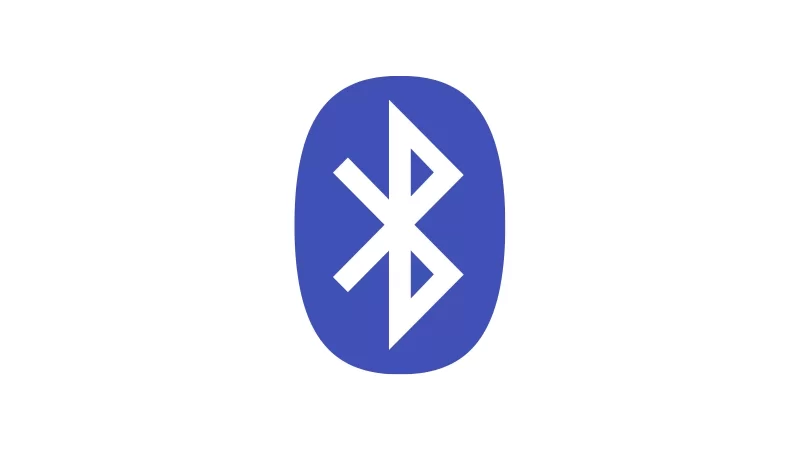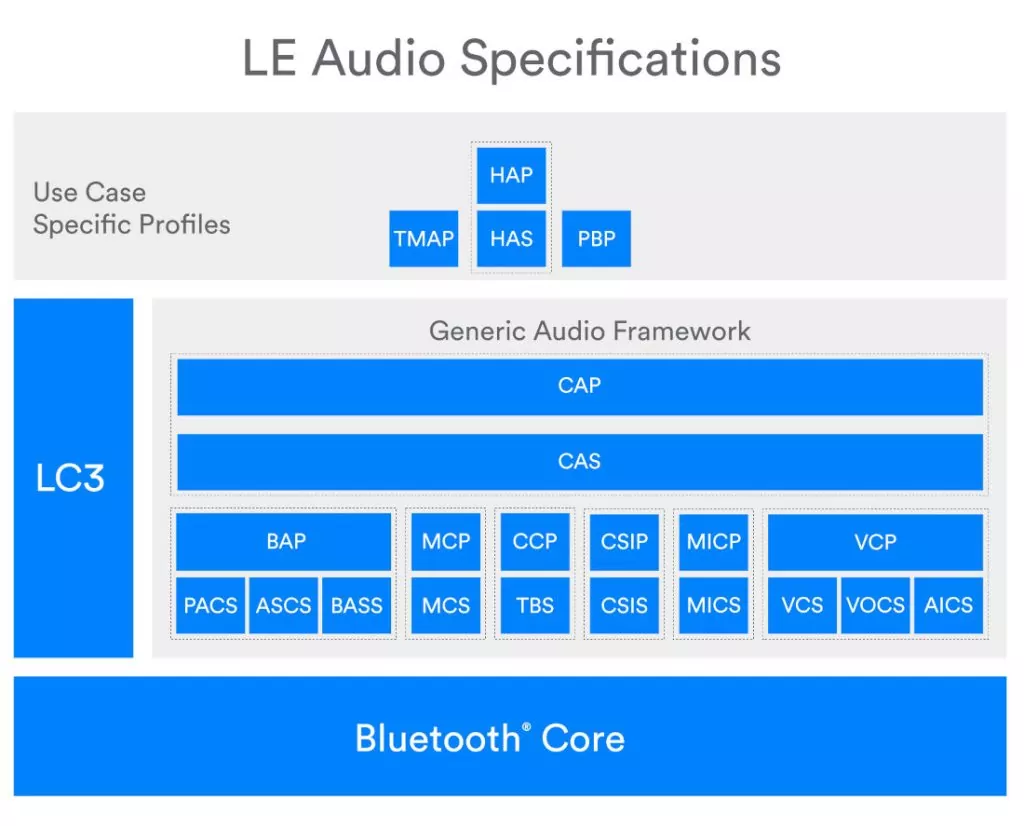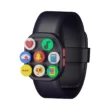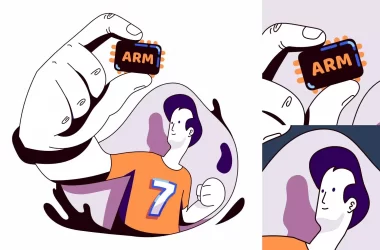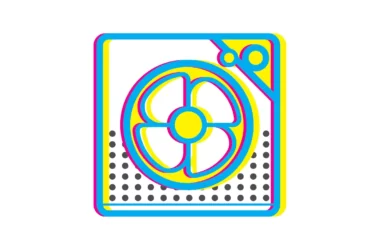Bluetooth is a wireless technology that has been around for over 20 years. Originally developed as a way to connect devices with the intention of building a “mobile phone without wires,” it has now become an integral part of our modern-day culture. Bluetooth has been used to connect everything from keyboards and mice to printers and speakers, providing an easy way to share data from one device to another. Here, are the different versions of Bluetooth that have been released over the years.
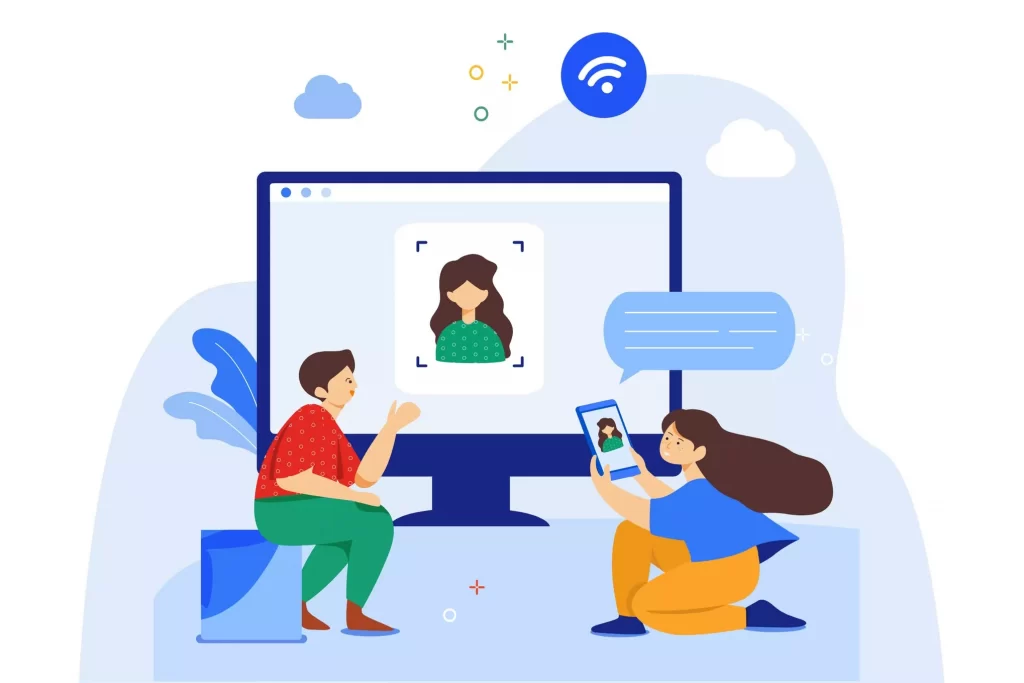
Full list of Bluetooth versions ( Updated!)
| Bluetooth version | Range | Data Rate |
|---|---|---|
| Bluetooth LE Audio | Coming soon | Coming soon |
| Bluetooth® 5.2 | 400 m | 2 Mbps |
| Bluetooth® 5 | 400 m | 2 Mbps |
| Bluetooth® 4.2 (2014) | 50 meters in Outdoor, Supports 10 meters in indoor | 1 Mbps |
| Bluetooth® 4.1 (2013) | 100 m | 1 Mbit/s |
| Bluetooth® 4 (2010) | 100 m | 1 Mbps |
| Bluetooth 3 + HS (2009) | 30m | 24 Mbps ( Bluetooth 3.0 + HS (High Speed) came with a Wi-Fi connection capability that allowed faster data transfer speeds) |
| Bluetooth 2.1 (2007) | 30m | 3 Mbps. |
| Bluetooth 2 (2004) | 30m | 3 Mbps. |
| Bluetooth 1.2 (2003) | 10m | 1 Mbps |
| Bluetooth 1.1 (2001) | 10m | 732.2 kb/s |
| Bluetooth 1.0 (1999) | 10m | 732.2 kb/s |
Bluetooth LE Audio (2022)
Bluetooth Le is the latest version of Bluetooth with upgraded power efficiency, better audio quality, and even the ability to connect multiple devices to one audio source. Bluetooth LE Audio devices can support up to 48 kHz, 32-bit audio at bit rates ranging from 16 to 425 Kbps. The new specification also claims a lower minimum latency (20-30 ms) than Bluetooth Classic audio.
Bluetooth® 5.3 ( July 13th, 2021 )
Bluetooth® 5.3, the latest release of one of the world’s most popular wireless IoT technologies, was published on July 13th, 2021
Bluetooth 5.2 (January 2020)
Bluetooth 5.2 offers an upgraded version of the original Attribute Protocol (ATT) called Enhanced Attribute Protocol (EATT), which is more efficient and more secure than ATT.
Bluetooth 5 (2016)
A more robust version with extended battery life, BT 5 increased the outdoor transmission range from 50 to 200 meters.
Bluetooth 4.2 (2014)
Designed for the Internet of Things (IoT), BT 4.2 increased the payload size in the Bluetooth packet by 10x, dramatically lowering the overhead to yield 2.5 times more data.
Bluetooth 4.1 (2013)
More efficient data exchange and better co-existence with LTE frequencies.
Bluetooth 4 (2010)
Introduced low-power Bluetooth Low Energy, branded as “Bluetooth Smart.” See Bluetooth LE.
Bluetooth 3 + HS (2009)
Branded as Bluetooth 3.0 + HS (High Speed), uses the connection via Bluetooth but transmitted data over Wi-Fi.
Bluetooth 2.1 (2007)
Secure Simple Pairing (SSP) was added to make pairing faster and more secure. Encryption was made mandatory, security was improved, and less power was used.
Bluetooth 2 (2004)
Branded as Bluetooth 2.0 + EDR (Enhanced Data Rate), three-bit encoding (versus one) increased the data rate from 1 to 3 Mbps (in practice 2.1 Mbps). I
Bluetooth 1.2 (2003)
BT 1.2 (Basic Data Rate) was the first widely used Bluetooth technology.
Bluetooth 1.1 (2001)
Improvements to reliability and interoperability
Bluetooth 1.0 and 1.0B (1999)
The first Bluetooth specs.
So, those are the list of the latest Bluetooth versions available. Hope you find this information helpful. For more information posts you can click the links below.



